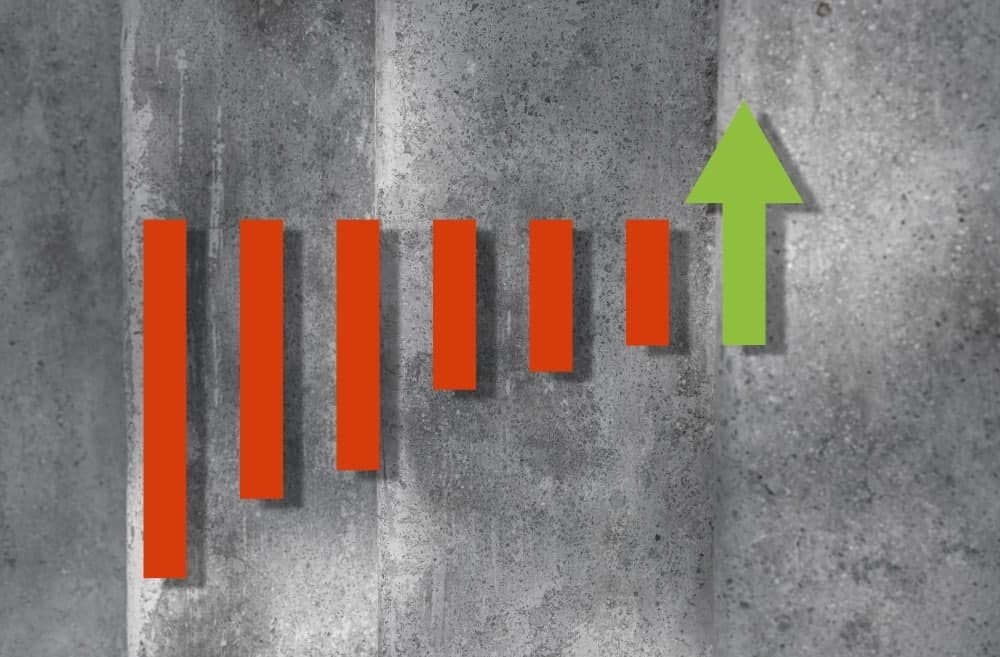Inflation and the consequences of Covid-19 continue to impact all investments over the world. In these weird and unpredictable times, inverse ETFs turn into one of the most well-adapted (yet risky) investment options — and here’s why.
How Does an Inverse ETF Work?
The latest introduction of the Inverse Bitcoin ETF has made this investment class more prominent, as it’s been formed to maximize the returns when the price decreases.
The values of conventional EFT increase and decrease by following the indexes. An inverse ETF works the other way: it’s still an EFT, but it generates profit from a decline through all kinds of derivatives.
With an ETF, you bet on certain stocks to rise. With an inverse ETF — you bet against the market.
Let’s take an example: inverse ETF HIX. It’s included in Canada’s prominent asset classes so we can safely discuss it.
HIX has promised the regular performance returns of the index to be “negative 100 percent”. If the index falls 2 percent on a certain day, you’ll get a 2% return from HIX.
Therefore, when you are pleased with the overall views of the portfolio but feel frightened that the index would heat up and get backward, you can be certain that purchasing a little HIX is a better option. The returns on HIX can easily compensate for the losses from the index.
Do you see where this is going? Inverse ETF — most of the time — is not a long-term investment. Instead, it’s MOSTLY used by investors to secure short-term gains and minimize the risks of long-term holdings.
Advantages of an Inverse ETF
There is a justified attraction towards this asset class: ordinary traders may benefit from a steady decline in many marketplaces. For anyone who wants to gamble on a whole stock exchange, or certain sectors, commodities, and cryptocurrency, inverse ETFs are possible to make them simple.
Sure, it’s not always been so simple. Previously, if the trader wanted to invest in any stock, they would take short positions in certain stocks or invest in other derivatives like options.
Short positions demand a trader to have a margin amount and use the income they have generated. Moreover, options are rather complicated for simple traders.
Technically, as an investment, inverse ETFs are as simple as it gets: the process is similar to purchasing a stock. The investor has to open the platform and hit the purchase tab to invest in an inverse ETF.
Risks of an Inverse ETF
Inverse ETFs are generally not beneficial for the long run but provide advantages for short-term investments. Indeed, they are nearly sure of ultimately losing the profits due to rebalancing, regardless of which direction the stock market takes.
Regular Rebalancing Risks
Understanding the regular rebalancing might be difficult, but we’ll still try:
Consider an index with a present value of 1000 points. Now let’s assume that its value has reduced by 20 percent, from 1000 to 800 in the beginning, and then has risen again by 25%, back to 1000.
If an investor had traded in the conventional ETF, the phase (where he would be after these fluctuations) is the break-even. However, if the same person had invested in an inverse ETF, he would face losses.
Do you see where this is going? At the beginning (from an inverse ETF point of view), there was a profit of 20%, but later the value was reduced by 25%. This effect would eventually overtake the investor in the long term.
Although they are easily accessible, they do have quite hefty charges, generally at a 1% ratio of costs. Alternatively, the same ratio is around 0.4 percent for a conventional fund.
Inverse ETF: Is it Worth Trying?
Although these funds may look attractive, we wouldn’t recommend them to inexperienced traders due to all the limitations.
However, the investors can invest in these funds despite the limitations, but you should do it with great care. Inverse ETFs must only be perceived as a method for short-term profits instead of a long-run technique for maximizing the returns of a portfolio.
